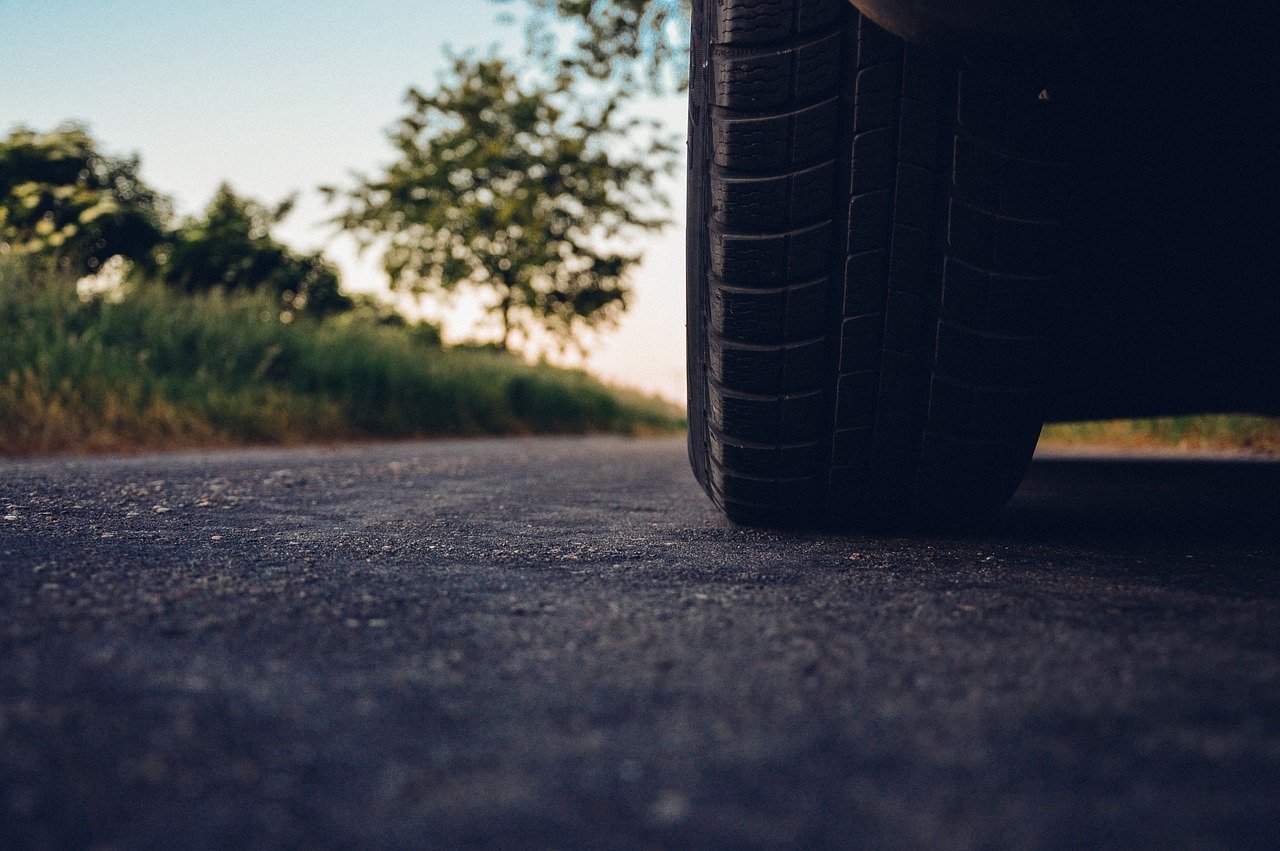
The primary reason for replacing a car’s tires is when the treads become too shallow. However, sometimes tires can also become weakened by dry rot or damaged by objects on the road. Let’s take a closer look at when you should consider visiting your local Lincoln dealer for a set of new tires.
Diminished Treads
Car tires require deep treads to grip tarmac and displace water which might otherwise cause hydroplaning. When brand new, tires typically have treads of around 10/32 of an inch.
This steadily wears down, and by the time your tire treads reach 2/32 of an inch, it’s time to purchase new ones. Some drivers replace their tires when the treads reach 4/32 or 5/32 of an inch, especially when the weather is cold and the roads are wet and icy.
Deep Cuts or Cracks
Objects on the road can sometimes cut into tire rubber. When a cut is particularly long or deep, it can threaten the structural integrity of the tire, putting you at risk of experiencing a blowout.
Long or deep cracks pose a similar threat. Whereas cuts are more likely to occur in the treads, large cracks are more likely to appear in the sidewalls. Exposure to UV rays, excessive water, and chemicals from the road can dry out tire rubber, leading to the formation of cracks. At its worst, this drying-out process develops into dry rot, which usually spells the end for the tire.
Blistering Rubber
When curbs and potholes impact tires, inner layers of rubber can sometimes rupture or detach from each other. When this happens, you might see a large blister appear on the outside of the tire. Any such blistering usually means the tire has to go.
Falling Air Pressure
While periodically checking your tires, if you find that the air pressure is falling at a surprising rate, that tire may not be fit to drive on. Have a technician inspect it for hidden punctures, which might be repairable.
Uneven Treads
The uneven pressure put on the front or rear tires by the steering, accelerating, braking, and weight distribution gradually wears the treads down unevenly over time. Tire rotation usually prevents tires from becoming too uneven in size, but if you forget to have your tires rotated and they become excessively uneven, you may need to replace the entire set of four.
Have Your Tires Rotated at Your Local Lincoln Dealer
Regular tire rotation is one of the most important car maintenance procedures to have carried out. It also gives the technician an opportunity to inspect the tires closely for signs of damage. For most drivers, it’s recommended to have their tires rotated every six months or so.
Have your car’s tires checked, rotated, or replaced today by experienced professionals at Asheville Lincoln. We offer a broad range of top-notch luxury vehicles and equally high-end customer service.
Image via Pixabay




